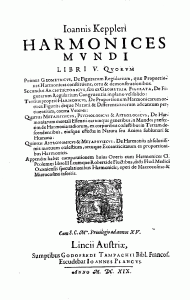Joseph Beuys’ famous slogan “Everyone is an artist” showed his belief in the central role of creativity in everyone’s lives. We should not see creativity as the special realm of artists, but everyone can apply creative thinking in his or her own area.
Now a team of Russian designers made it easier to see the art in your everyday computer activities. Their free little Java application MousePath, which was renamed recently and is now known as IOGraph, captures your mouse movements and draws them on a blank canvas. Have you ever wondered what your mouse is doing when it’s moving around imperceptibly? Now you can see it!

The developers Anatoly Zenkov and Andrey Shipilov say: “IOGraph is intended to brighten up your dull work, computer related routine and, hell yeah, it makes you an artist.” Run IOGraph, then forget about IOGraph and do your business as usual. When you come back after some minutes or several hours you will see what you have done. The lines in the picture are movements, the dots occur where the mouse is stopped. With IOGraph you will see your computer work from a different perspective. Try it out!
Download IOGraph for free (Windows, Linux and Mac OSX) at www.iographica.com





